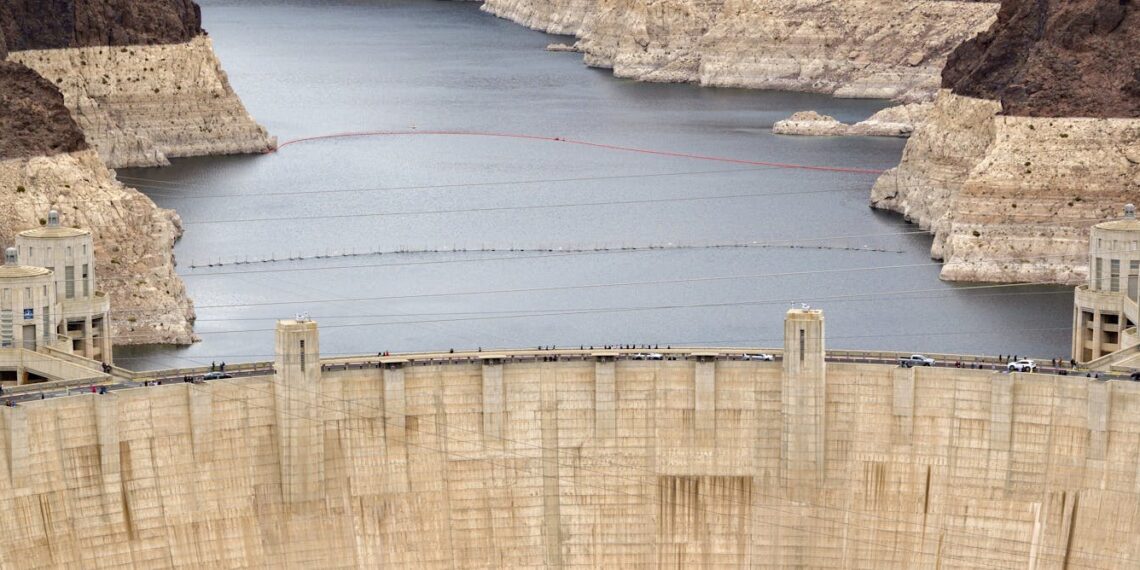Login to Continue Learning
Artillery fire and gunshots were reported near several border villages, expanding the area of fighting that resumed after a land mine explosion wounded five Thai soldiers last Thursday. Both countries claimed retaliation for each other’s actions.
Cambodia recalled its ambassador, while Thailand closed its northeastern border crossings with Cambodia. Cambodian authorities reported 12 new deaths on Saturday, bringing their toll to 13. Thai officials said one soldier was killed, raising the death count to 20, mostly civilians.
The Association of Southeast Asian Nations (ASEAN) faced increasing pressure to defuse tensions between its two members. The UN Security Council called for de-escalation and urged ASEAN to mediate a peaceful solution during an emergency meeting on Friday.
For decades, Thailand and Cambodia have disputed the 800-kilometer frontier, but past confrontations were limited. Tensions escalated in May when a Cambodian soldier was killed in a confrontation that created a diplomatic rift and affected Thailand’s domestic politics.
Cambodia’s Defense Ministry condemned what it called an expanded Thai offensive after five heavy artillery shells landed in multiple locations in Pursat province on Saturday morning. The ministry claimed tensions flared in Koh Kong, where four Thai naval vessels were reportedly stationed offshore and four others en route. It alleged the deployment was an “act of aggression” risking further escalation.
The Thai army denied targeting Cambodian civilian sites but accused Phnom Penh of using “human shields” by positioning weapons near residential areas.
Thailand’s navy claimed Cambodian forces initiated a new attack in Trat province, saying Thai forces responded swiftly and “successfully pushed back the Cambodian incursion at three key points.” They warned that aggression would not be tolerated. Thai authorities also alleged several Cambodian artillery shells landed across the border in Laos, damaging homes and property.
The conflict displaced thousands of people. Cambodia’s Information Minister Neth Pheaktra said 10,865 families or 37,635 people were forced to evacuate three border provinces. In contrast, Thai officials reported over 131,000 people had fled their border villages.
Human Rights Watch urged the UN Security Council and concerned governments to press both sides to abide by international humanitarian law and take steps to protect civilians. Children have been harmed, and Thai authorities closed at least 852 schools and seven hospitals for safety reasons.
Both sides employed rocket and artillery attacks. After initially denying Cambodian claims that cluster munitions were being used, a Thai military spokesperson acknowledged they could be utilized “when necessary” to target military objectives. HRW condemned the use of cluster munitions in populated areas.
Neither Thailand nor Cambodia is party to the Convention on Cluster Munitions, which bans the weapon. In February 2011, Thailand had previously used them during a border dispute with Cambodia that left 20 people dead.
Thai officials acknowledged the use of F-16 jets and drones for airstrikes.
The UN Security Council did not issue a resolution but called on both sides to exercise restraint, halt attacks, and resolve the dispute peacefully. They supported ASEAN’s role in mediating between its two member states.
Malaysian Prime Minister Anwar Ibrahim proposed a ceasefire, which Thailand agreed to in principle but insisted Cambodia must show sincerity and cease hostilities first. Thailand would continue to engage constructively with Malaysia.
Thailand reaffirmed its commitment to resolving the conflict peacefully and in accordance with international law, urging Cambodia to return to the negotiating table “with sincerity and in good faith.”
📚 Reading Comprehension Quiz
What action did Cambodia take in response to the reported artillery fire and gunshots near border villages?
Please login or register to take the quiz and earn points!



















